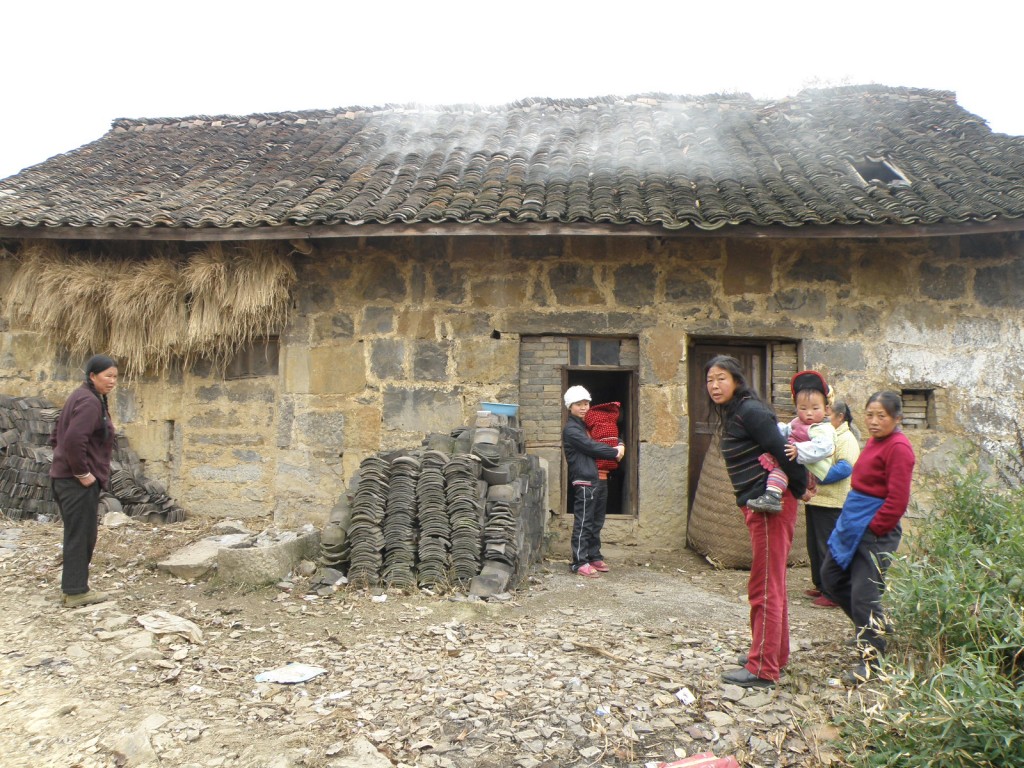China’s birth rate declines, resulting in closure of 20,000+ kindergartens.
WRIC Integrated Report 2024-03-25
The number of kindergartens in China has decreased by 20,400 over the past two years, with a staggering 14,800 kindergartens closed in 2023 alone. With the further decline in the annual birth rate, the closures of kindergartens are expected to continue, posing ongoing enrollment challenges.
According to data cited by China’s First Financial from the Ministry of Education, in 2022, there were a total of 289,200 kindergartens nationwide, a decrease of 5,610 from 2021. By 2023, the number further decreased to 274,400.
In 2020, the total number of children enrolled in kindergartens nationwide was 48.183 million. In 2021, the number decreased to 48.052 million, a decrease of 131,000 from the previous year. In 2022, the number of children in kindergartens further decreased to 46.275 million, a decrease of 1.777 million from the previous year. In 2023, the number of children continued to decline for the third consecutive year, reaching 40.93 million, a decrease of 5.345 million from the previous year.

In a mountain village in Bijie County, Guizhou Province, China, when the one-child policy was enforced, all the young men went to the city to work, and most of the people left in the village were the elderly and women. (Photo taken by WRIC on March 15, 2013)
The decline in birth rates has led to a sharp decrease in the number of children eligible for kindergarten enrollment, which in turn has resulted in the closure of kindergartens. After China implemented the “comprehensive two-child policy” in 2015, there was a brief surge in childbirth. The number of births exceeded 17 million in both 2016 and 2017, reaching 18.83 million in 2016.
However, by 2018, the effects of the two-child policy began to weaken, with the number of births dropping to 15.23 million that year, 14.65 million in 2019, 12 million in 2020, and only 9.02 million last year.
The decrease in the number of children in kindergartens is expected to gradually affect primary schools, middle schools, high schools, and universities. Qiao Jinzhong, associate professor at the Institute of Education Research of Beijing Normal University, pointed out that according to their team’s model predictions, by 2035, the demand for primary and middle schools nationwide will be 92,800 and 47,900 respectively, a decrease of 51,400 and 3,800 from 2020. Among them, the negative population growth will have a greater impact on primary schools than on middle schools.
Qiao Jinzhong also stated that according to the current student-teacher ratio standards, by 2035, there will be approximately 1.5 million primary school teachers nationwide, but there will be 370,000 surplus middle school teachers. There will be a greater surplus in the demand for primary school teachers, while the shortage of middle school teachers will occur first and then become surplus.
